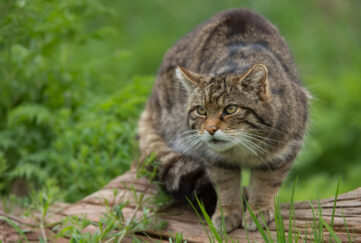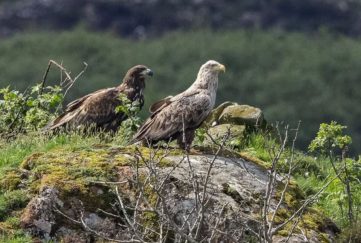A Single Scots Pine – Jim Crumley
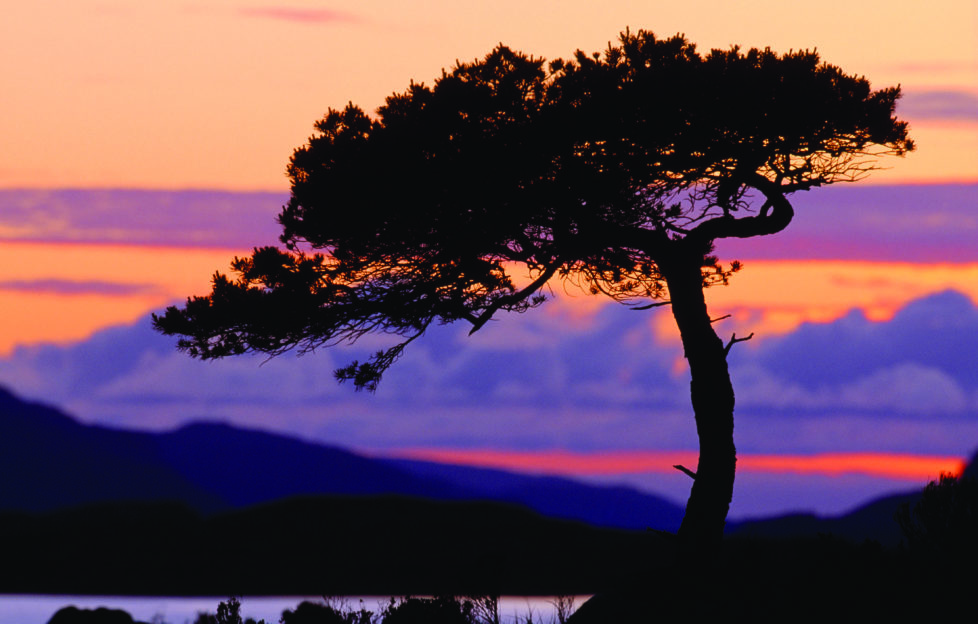

Jim Crumley explains how his outlook on nature and life always comes back to the scots pine
SOMETIMES A SINGLE tree is enough, sometimes I need nothing more. Sometimes it helps to pare away all the layers of the land, the foreground, the sky, and all their creatures. The process clears the mind and resets the focus of the day from “automatic” to “manual”. What springs vividly into focus is a single Scots pine. Heaped behind it as though its role in life was simply to frame the tree and give it meaning, there is a single mountain.
There are very few single mountains in the Cairngorms. The entire massif is its own single stupendous mountain, riven by its own high passes but never broken apart into distinct peaks. But here and there, around the edges of the massif, a small mountain is dislodged enough to merit individual status. Carn Elrig is one such.
Cairn Elrig
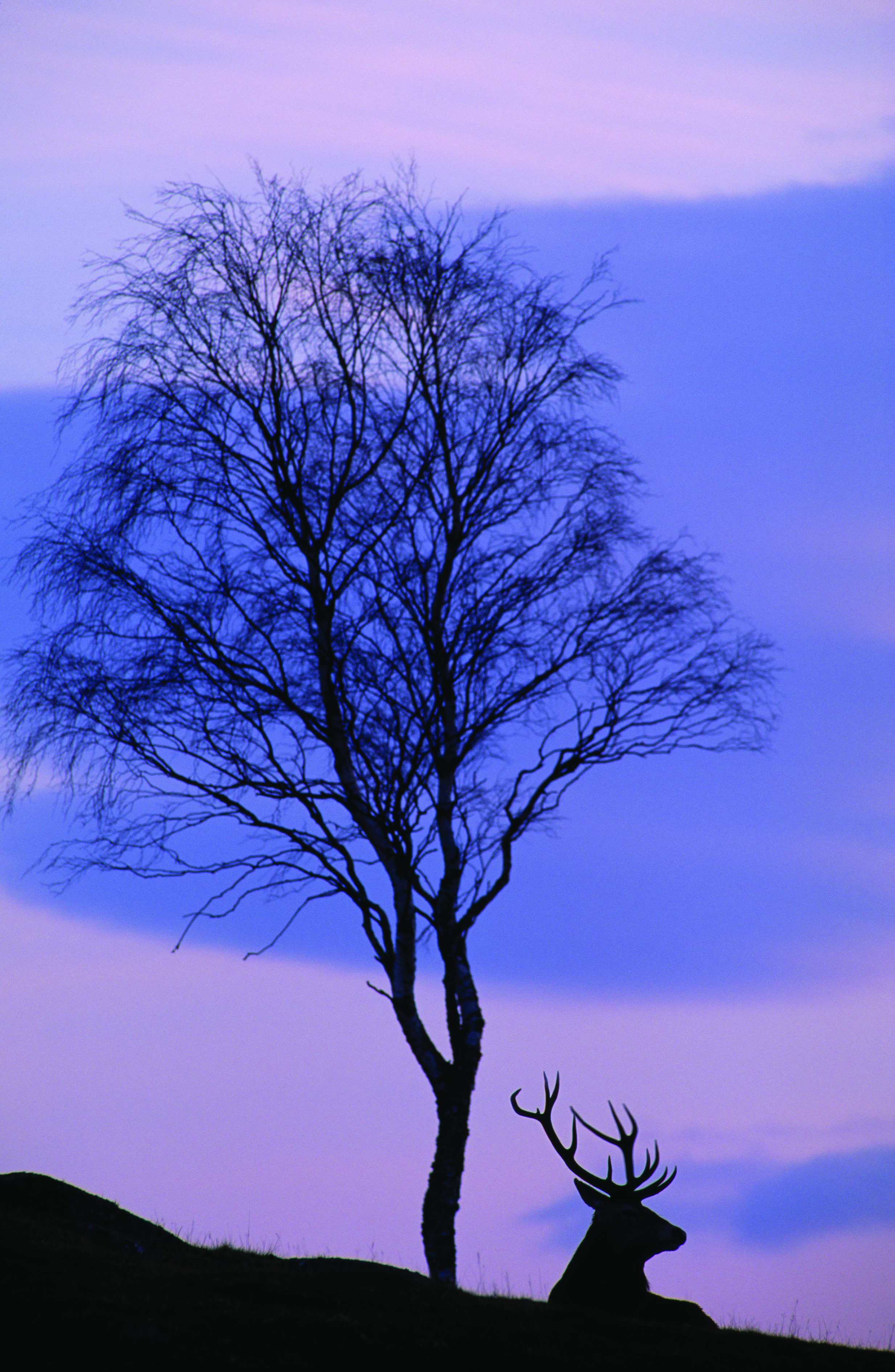 Carn Elrig, then, is the single mountain which frames the single Scots pine I have in mind. It is the gentlest-looking of hills from down here. A slightly bulbous pyramid shape with a summit powdering of new snow, just enough to imbue it with a slightly rakish grandeur. As with all the terrain of the Cairngorms, however, that mild-looking aspect is a deception. Carn Elrig is the perfect consummation of the Cairngorms in miniature. It lacks only the severity of the wind on the high plateau of the massif, and its own summit plateau is a little on the cramped side if you are accustomed to Am Moine Mhor, or Braigh Riabhach or Beinn MacDuibh.
Carn Elrig, then, is the single mountain which frames the single Scots pine I have in mind. It is the gentlest-looking of hills from down here. A slightly bulbous pyramid shape with a summit powdering of new snow, just enough to imbue it with a slightly rakish grandeur. As with all the terrain of the Cairngorms, however, that mild-looking aspect is a deception. Carn Elrig is the perfect consummation of the Cairngorms in miniature. It lacks only the severity of the wind on the high plateau of the massif, and its own summit plateau is a little on the cramped side if you are accustomed to Am Moine Mhor, or Braigh Riabhach or Beinn MacDuibh.
The tree knows a certain kinship with Carn Elrig for it too is dislodged, a lone wolf of a tree, and its aloofness from the pinewood sprawl of Rothiemurchus, Abernethy and Glen Feshie is like the aloofness with which Carn Elrig regards the mightier sprawl of Braigh Riabhach’s arrayed corries, and Beinn MacDuibh beyond the glowering trench of the Lairig Ghru. They are soulmates of the landscape, and as a traveller of the wilds who is most at ease in an expedition of one, I feel for them, and in my mind at least, we are (however briefly, however intermittently) an elemental trinity.
So I have a way of approaching this high riverbank from below, following the durable landmarks until I get to a certain stance just high enough to be clear of the forest, and when I look up, there is the pine tree and the summit of Carn Elrig towers directly above it. My world is reduced to the essential elements of this of all landscapes: granite, pine, space. One mountain, one tree, one pair of eyes, and for a quiet hour there, life has become a thing of profound simplicity.
Lopsidedness
The tree is lopsided. It is an absurdly human assessment of its aesthetics, of course, for the tree is perfectly balanced for its own requirements, and there is no such thing as perfect symmetry among Scots pines, yet there is no denying that its south burgeons better than its north. The lowest branches begin one-third of the way up the trunk, and these lean southwards. The north-facing branches begin halfway up the trunk and they reach out half as far as the south-facing ones.
The trunk is almost perfectly straight, but with the very highest gesture of its flattish crown, it lifts a bottle green finger towards the north, a slender counterweight to the southward bias of the mass of its foliage; northwards towards the Arctic, a pointed fingerpost indicating the direction of the landscape’s roots.
40 years
This tree has always seemed to commend itself to me, but in more than 40 years of wandering this way, the nature of the relationship has evolved. That is as it should, for any living thing that endures in the same landscape for 40 years must evolve. Nature insists on that. And I include myself within that truism. For 28 of those 40-something years, I have made a living of a kind as a nature writer, and that fact alone has deepened my capacity to interact with the tree, and immeasurably increased the amount of time at my disposal whenever I sought out the company of the Cairngorms. So what at first was simply a fellow-feeling for its alone-ness in relation to my own solitude evolved into a realisation that I used the tree in exactly the same way as many of my fellow travellers in nature used it.
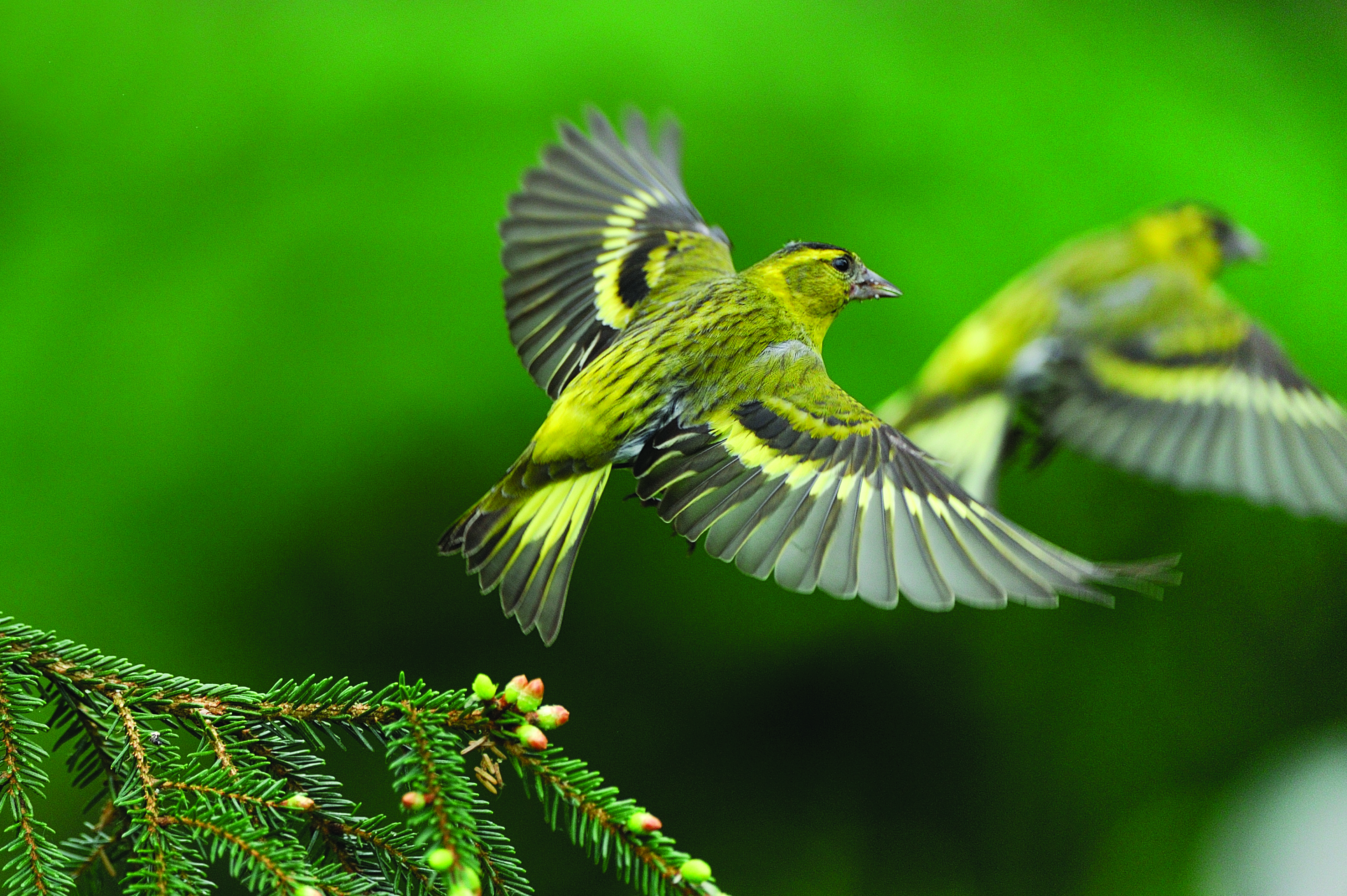
In all the great forests of the land – of the world for that matter – wherever a single tree stands conspicuously part from all the other trees in the forest, such trees become landmarks. The fliers of the forest canopy and the airspace above it recognise such trees and take their bearings accordingly. Migrating flocks from hundreds of miles away chart their progress across their chosen wintering grounds by remembering landmarks. It is much more likely than not that year after year, the same Scandinavians pause in the branches of the same landmark trees or feed on the ground in their shadows as a kind of a reassurance. And the native animals of the forest floor do likewise. Their knowledge and acknowledgement of landmark trees make their deep-forest lives orderly.
Known landscapes
My way of working is something similar. I like to rework known landscapes, known sets of circumstances, I like to mine their familiar seams again and again, improving my knowledge, deepening my understanding, and these form the bedrock of my writing, which has always been the object of the exercise. So such a tree as this pine above the riverbank and below Carn Elrig also signposts my years in this landscape, and I navigate the years by its grace and its familiarity, and as often as not, I stop for a few minutes or half a day, and watch the tree play its part in the workaday life of its landscape.
A cloud of siskins swirls about its crown then swarms all over it, so that for several minutes, tree and flock are locked into a whispering conversation of eternal truths. I freely admit that even the wildest flights of my imagination are not up to the task of guessing what passes between them.
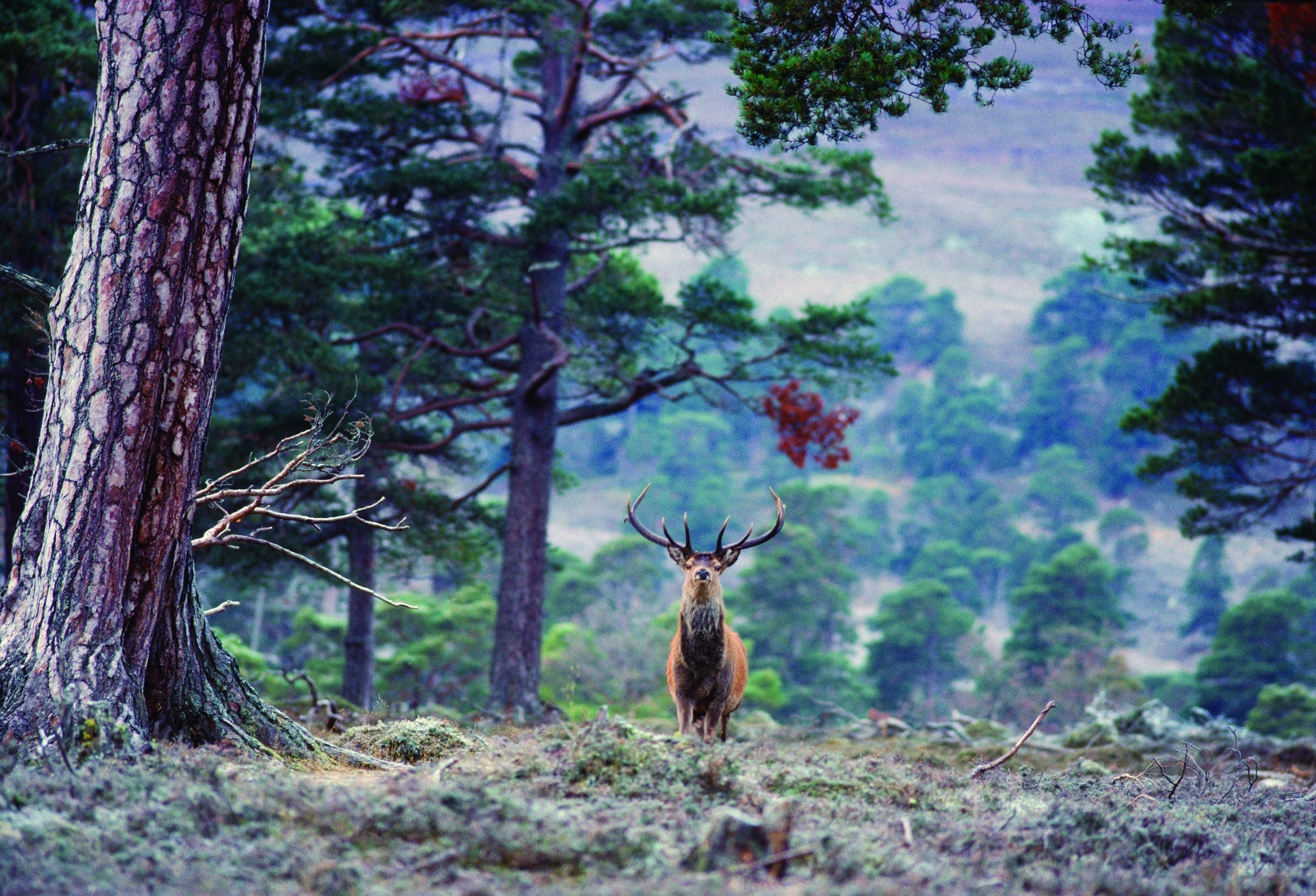
Once, an old red deer stag, its antlers broken, its coat and its demeanour wearied by one Cairngorms winter too many, came and stood by it. For an hour and more he was as motionless and apparently rooted as the pine. Then a midday burst of sunlight flooded the top of the bank and he lay down close to the trunk; he lay so long and still that I wondered if he was giving up on life right there, right then, and had chosen that landmark of all his years specifically for the purpose.
But suddenly he got to his feet, shook himself awake, looked around at mountain above and forest below, then turned and walked away, back the way he had come. It is still difficult for me to accept any explanation other than that he had sought out the company of the tree, as, from time to time, I do myself.
A wandering pine
There have been long days up by Loch Einich or ferreting about in the corries of Braigh Riabhach when I have wandered this way in the evening and watched for that moment when the tree comes into view. While I have been supping with the mountain Gods, it has wandered off on assignments of its own. See how far it has strayed from the centre of the mountain! So I have to go out of my way to come on it from a certain direction so that it goes and stands in its allotted place again, and all is well with the world.
I have looked at it, I have photographed it, I have drawn it, and I have written it down into God knows how many different corruptions of its monumental and timeless simplicity. I could do with the eyes of Cezanne, for few men ever read or understood a landscape more clearly than he did. He moulded and manipulated his Mont St. Victoire in Provence again and again over decades, and his paintings grew in abstraction with the years until finally the same colours flowed right through the canvas, from foreground to middle ground to mountain, and then I began to understand how he read the landscape. He also wrote this:
To read nature is to see it, as if through a veil, in terms of an interpretation in patches of colour following one another according to a law of harmony…It is all summed up in this: to possess sensations and to read nature.
“A kind of mantra”
To possess sensations and to read nature. It’s become a kind of mantra for me, and an ambition for my writing. I can’t paint, but this tree and that mountain have become indivisible in my mind. So that from where I stand, the same colours flow right through nature’s canvas from foreground to middle ground tree to mountain. Pine trees are as fundamental to the Cairngorms as granite and fat wedges of four-seasons-old snow in August, or a powdered wig of snow on Carn Elrig one early April morning. You cannot possess all the sensations at your disposal and read all the wisdom of nature implied in that mighty coupling of words, “The Cairngorms”, unless you insinuate your presence on the mountain by way of the tree.
If you would understand something of your own chosen mountain when you climb it, rather than simply pronounce it climbed and ticked off on a list, it will help you if walk in through the good green miles of the pinewoods, and permit them to pass you slowly from tree to tree as you walk, and to persuade you to possess sensations and read nature.
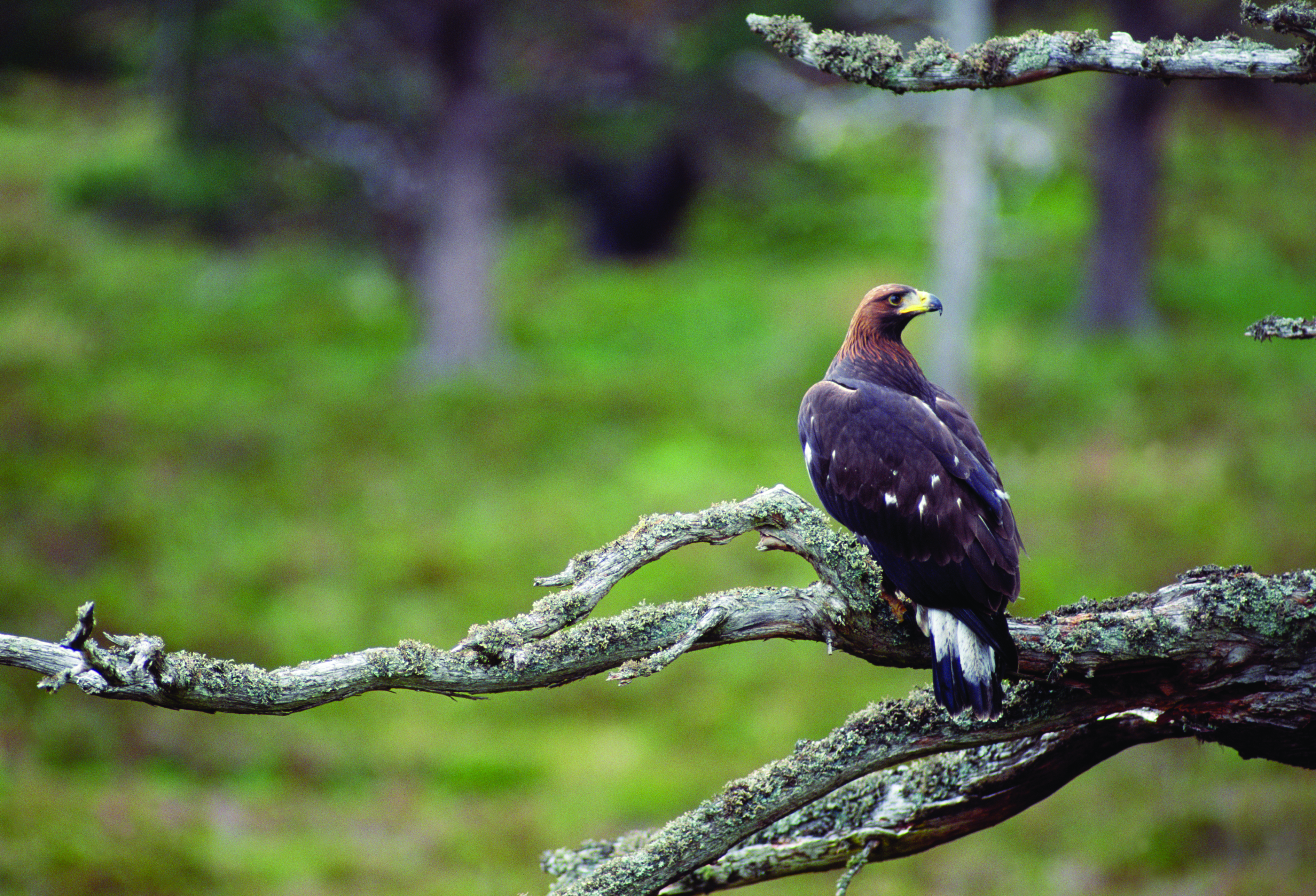
A single tree
I said the tree was “lop-sided”. It is, most of the time, but not always. Sometimes it changes shape. The land beyond the tree falls away first, before it climbs again and begins the seamless transfer from thinning forest into open mountainside. So if I have paused in that accustomed stance that places the tree directly under the summit of the mountain, I can’t see what is going on immediately beyond the tree.
Suddenly, there is a massive disturbance rising out of that unseen terrain between tree and mountain. A downbeat of golden eagle wings as the bird climbs out of the dip beyond the tree and eases its beautiful bulk up onto that north-inclining raised finger that marks the tree’s crown. It pauses there a moment with wings fully open, before it folds them and settles. In the binoculars, and at less than 100 yards, the effect is almost incomprehensibly glorious. Then a second eagle crowds into the glasses and alights on the outermost of the tree’s north-facing branches. The particular nature of the light presents tree and eagles as a single silhouetted shape, a thing apparently in perfect balance.
I have been told repeatedly how lucky I am to do what I do and to see what I see. I am, very lucky. But for every moment like that one, there will be a hundred days in which little or nothing at all happens. Yet those hundred empty-handed days are the way you learn to possess the sensations that present those golden eagle moments in all their unforgettable glory. You have to read nature with care, and be willing go again and again and again to earn the right to be lucky.
But sometimes, a single tree is enough.
You can read more of Jim Crumley’s Scottish wildlife columns
online here, and each month in The Scots Magazine.


